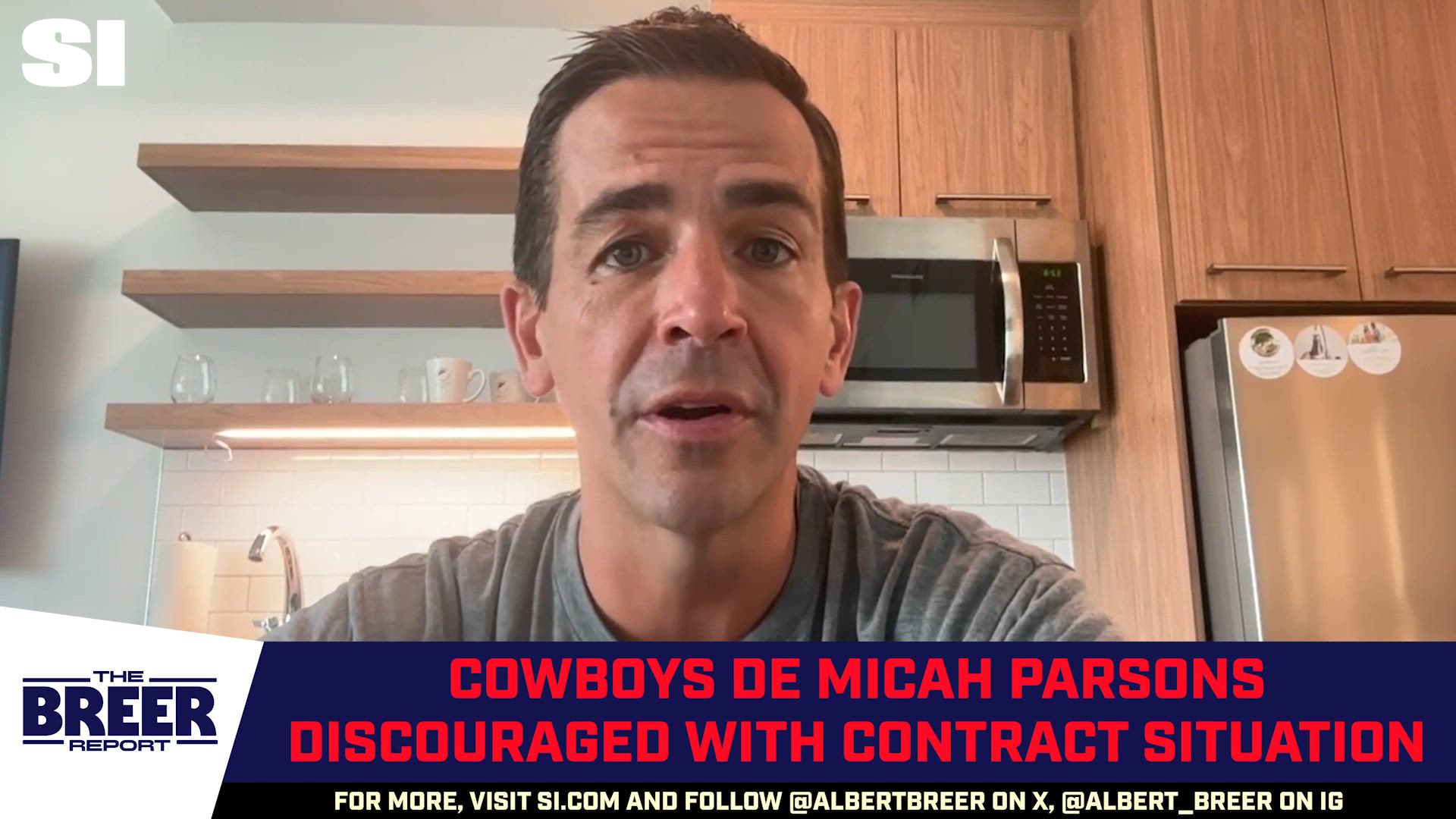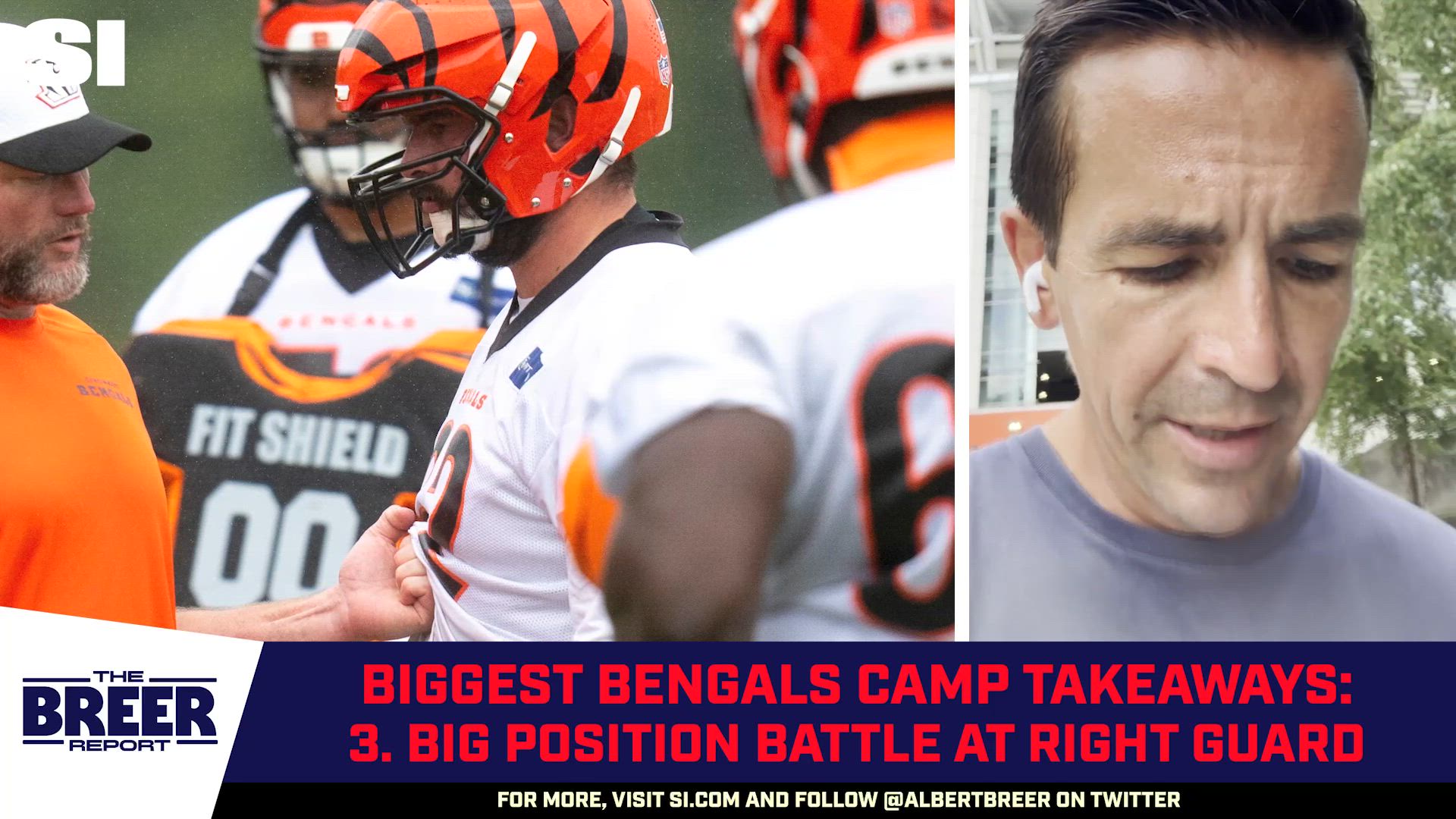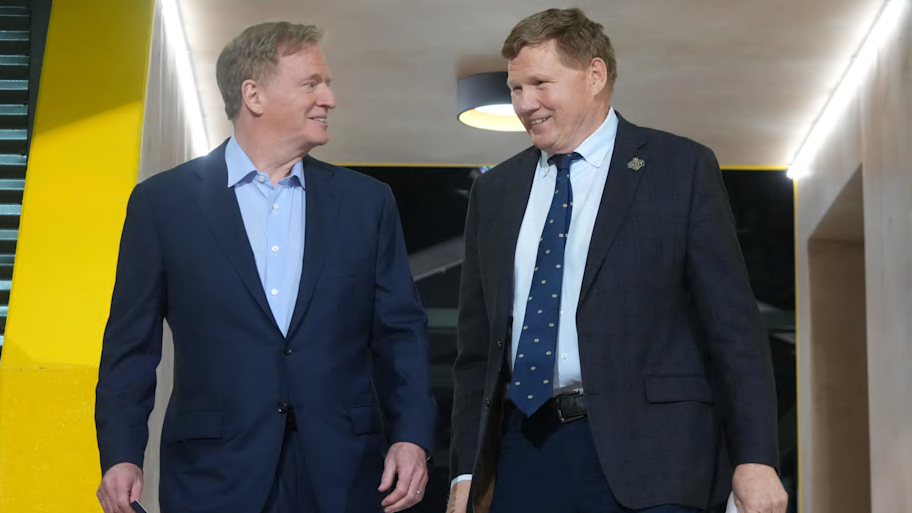
NFL training camps are upon us, meaning NFL coaches and players have now entered what I call “the submarine,” where they enter for 6-7 months of immersion. As with every year, the beginning of camp brings several business stories related to football to watch, illustrating the turbulence around and behind the game. Let’s examine.
NFLPA Dysfunction
Over the past couple of weeks, the two now-former leaders of the NFLPA—executive director Lloyd Howell and player president JC Tretter—have resigned. Reporting in recent weeks showed a mess of leadership, including hiding a partial victory in a long-decided collusion grievance against the NFL from the players (and the public); Tretter having disparaged fellow NFL player Russell Wilson; misconduct by Howell at his previous employment at Booz Allen; Howell’s continued consultancy at the private equity firm The Carlyle Group, a firm doing business with the NFL; and Howell’s expense reports from strip clubs to "grow and support the Union.”
Beyond these details, I have long been critical of the union’s overall approach. It has agreed to collective bargaining agreements (CBAs) that are excessively long—the last one and this one are 10 years long, without an option to end earlier—and has given away too much (such as the 17th regular season game), with no comparable concessions. Much of the “gains” the NFLPA has made are noneconomic: reduced time in the offseason, less padded practices, etc, to which NFL owners must be rushing to the document and asking, "Where do I sign?"
Full disclosure: I was in the early stages of considering the executive director position years ago—encouraged by some player leaders to do so—before the union agreed to the 2020 CBA. However, with the selection of Howell, the previous leader, DeMaurice Smith, was quietly extended before I could consider it seriously. I have no agenda in pointing out deficiencies in bargaining, only in hoping the inequity on the players’ side can somehow improve. It now seems inevitable that the NFL, whenever it chooses, will add an 18th game, as the commissioner and owners speak discuss it nonchalantly, as if they don't expect much resistance from the union, or if they do, they don't care.
The weakest union in major professional sports has now become weaker. That is disappointing for the player population that sacrifices physically for their ownership among all the unions. Let’s hope this disaster sparks a reboot of the union’s procedures, policies and leadership.

Mike Brown and Jerry Jones still on brand
As I saw firsthand in my 10 years attending NFL owners’ meetings, there are no more opposite personalities than the bravado-filled Jerry Jones of the Cowboys and the penny-pinching Mike Brown of the Bengals. Yet both had some curious comments when training camps got underway in addressing their players going through some contract negotiations.
Jones had meandering comments about his star pass rusher Micah Parsons, who has a year left on his contract, even referencing his missed games from last year. However, we are familiar with the Cowboys’ pattern, as demonstrated with Dak Prescott and CeeDee Lamb: wait and wait and wait and then pay at the top of the market. We can book it: Parsons will sign the highest nonquarterback contract in NFL history, with the over/under on the date being around Sept. 1.
As for the Bengals, Brown discussed a “raise” for veteran Trey Hendrickson, who has seen the pass-rusher market soar. That contract will likely be completed, but it may take some time. Brown spoke strongly about the team’s top draft pick, Shemar Stewart, as the team attempted to impose contract language—unprecedented before—to void future guaranteed contract amounts due to any “default,” which typically involves discipline or misconduct, although it is unclear to what level.
The Stewart contract was resolved, as deadlines spur action, with an obvious compromise. The Bengals got their language, giving Stewart a better payout of his signing bonus, something they were probably always willing to do, just waiting to see if Stewart blinked before that. Now, the Bengals have established a precedent for more team-friendly contract language that they will use for all contracts moving forward. Stewart had no leverage here; he was never going back to college.

The Raiders’ Christian Wilkins exit plan
After the Bengals wrangled their way into the default language voiding guarantees on Stewart, example of its use occurred with a veteran defensive lineman on an albatross of a contract.
Christian Wilkins was, at the time, a prize of the 2024 free-agent market, signing with the Raiders for what appeared to be a four-year, $110 million deal, with a $24 million bonus that was part of a $57.5 million guarantee. Or not. Wilkins was released last week, with $35 million of guaranteed money remaining on the deal. The Raiders claim this money is now nonguaranteed and thereby gone, due to a default regarding how Wilkins treated, or wanted to treat an injury (apparently differently from how the Raiders wanted to treat the injury). Now, with an NFLPA grievance filed on behalf of Wilkins, there, of course, are lawyers.
This episode highlights something that occurs between teams and players/agents far more often than people realize: disputes over how to treat and, more importantly, who should treat the injury. Mistrust among players and agents has grown over the past two decades, with an increasing reluctance to accept the recommendations and treatment plans from team doctors, often perceived as prioritizing their interests over the players’ well-being. Having observed our doctors in Green Bay, I believe that characterization is unfair, but it does exist.
The Raiders’ situation seems, to me, to be about more than a dispute about the treatment of an injury. Instead, there appears to be some buyer’s remorse about a huge contract—done by a different regime with a different GM and different head coach—for a player not in their plans. Now they are betting $35 million that they can get out of this deal, and perhaps, just hoping to relieve some of the obligation. As with all things, we will see.
(Lots of) green and gold
As happens every year around this time, the only NFL team required to “show its books” did so and—to no surprise—the business of the Packers and the NFL is booming.
The Packers had total gross revenues of $719 million (national and local) in the fiscal year ending March 31, 2025, up 10% from last year’s number. Profits rose 39%—due in part to having a ninth home game—to $83.7 million. These numbers are personally astounding, as revenues and profits when I left the team 16 years ago were roughly $130 million and $20 million.
On the larger scale, the Packers’ financials always tell the story of the NFL. The league-wide distribution last year—comprising revenue from every team receives from national media, licensing, sponsorships and other sources—was an eye-popping $432.6 million, up 7.5% from 2024. That number, multiplied by 32, means the NFL had almost $14 billion in revenue just from national and league-wide deals.
To put this in perspective, each team gets $432 million before turning their lights on or adding one dime of local revenue. The teams’ most significant expense—player costs—had a salary cap last year of $255.4 million. Thus, teams had roughly $177 million remaining to use for other expenses after paying their players.
These are salad days for NFL owners.
This article was originally published on www.si.com as NFLPA Dysfunction and Green and Gold Times for the League.
